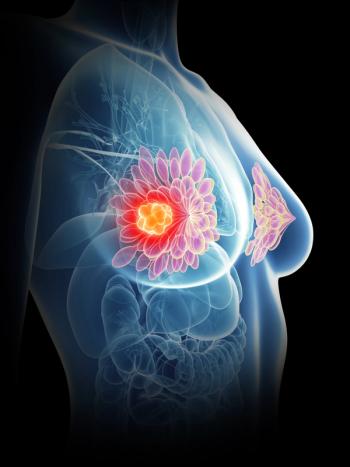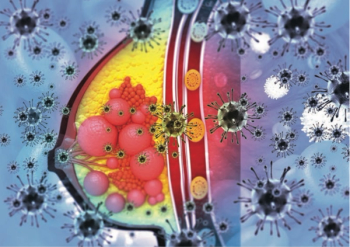
- Oncology Vol 28 No 1S
- Volume 28
- Issue 1S
(P104) Trends in the Use of Neoadjuvant Radiotherapy for Rectal Cancer in the Academic Versus Community Setting
The use of neoadjuvant radiotherapy is the standard of care in the treatment of locally advanced rectal cancer. The aim of our study was to identify if patients underwent radiation first vs surgery and if the treatment patterns changed with time.
Sanjay S. Reddy, MD, Elizabeth Handorf, PhD, Jeffrey M. Farma, MD, Elin R. Sigurdson, MD, PhD; Fox Chase Cancer Center
Introduction: The use of neoadjuvant radiotherapy is the standard of care in the treatment of locally advanced rectal cancer. The aim of our study was to identify if patients underwent radiation first vs surgery and if the treatment patterns changed with time. We examined differences between academic and community institutions and if concordance existed between clinical and pathological stage.
Methods: A retrospective analysis was performed using the National Cancer Database (NCDB), looking at all patients who were diagnosed with rectal cancer from 1998 to 2011. We tested differences in rates of treatment and stage migration using chi-square tests and logistic regression models.
Results: A total of 90,594 patients were identified having undergone both surgery and radiation for rectal cancer. In 1998, 42% of patients received radiation therapy (RT) prior to undergoing surgical resection. In 2000, 53% of patients were treated with neoadjuvant radiation. A steady increase in the use of induction radiation was observed during the study period, with 86% of patients treated with radiation prior to surgery in 2011, correlating with a 33% increase (P ≤ .001). When comparing the type of institution, academic vs community, in 1998, 51% of patients seen in an academic institution received radiation prior to surgical resection, vs 39% in a community facility (P ≤ .001). Although rates were consistently higher in academic institutions, both types demonstrated a consistent increase over the study period. In 2011, radiation was given first in 91% and 84% of patients in academic and community institutions, respectively (P ≤ .001). In patients receiving radiation first, 27% did not have clinical staging available. Overall, 17% of patients were successfully downstaged, 8% was upstaged, and 24% had no changes in stage. An additional 25% had no recorded pathological stage, 21% had unknown clinical stage, and 5% had no clinical or pathological staging available. When comparing academic vs community centers, 20% was downstaged, 8% was upstaged, and 26% had no changes in the academic centers, vs 15%, 8%, and 23% in the community, respectively (P ≤ .001). Staging was unknown in 46% in the academic institution and 54% of patients in the community (P ≤ .001).
Conclusion: The use of neoadjuvant radiation for the treatment of rectal cancers has seen a steady increase from 1998 to 2011. Although academic centers seem to have higher rates of adoption, the overwhelming majority of centers in the United States now follow a radiation-first strategy in the treatment of rectal cancer.
Articles in this issue
Newsletter
Stay up to date on recent advances in the multidisciplinary approach to cancer.

















































































